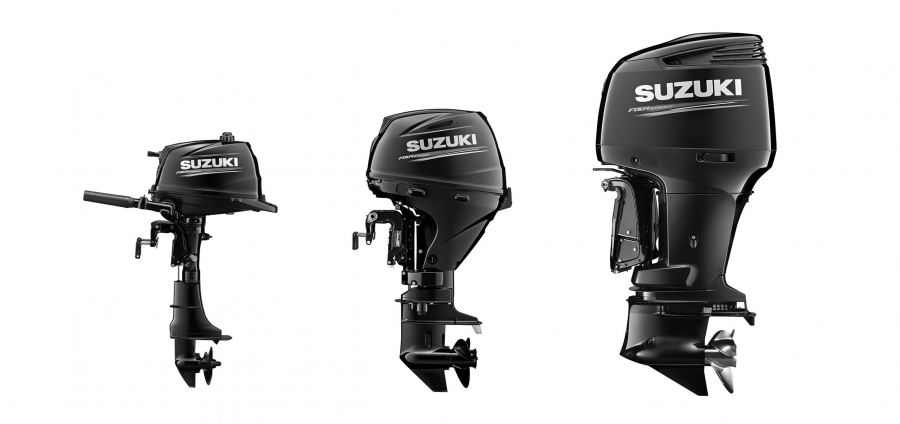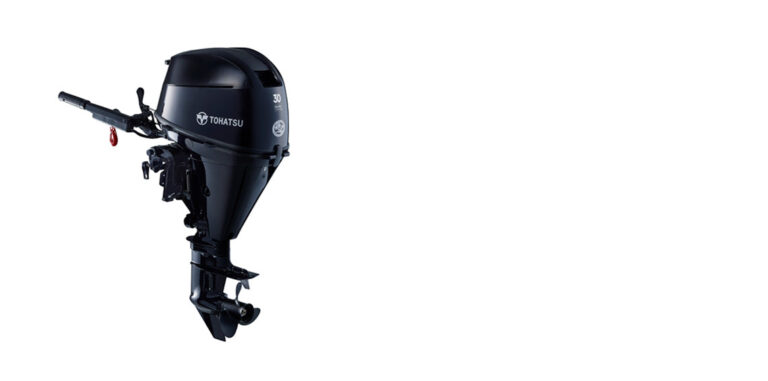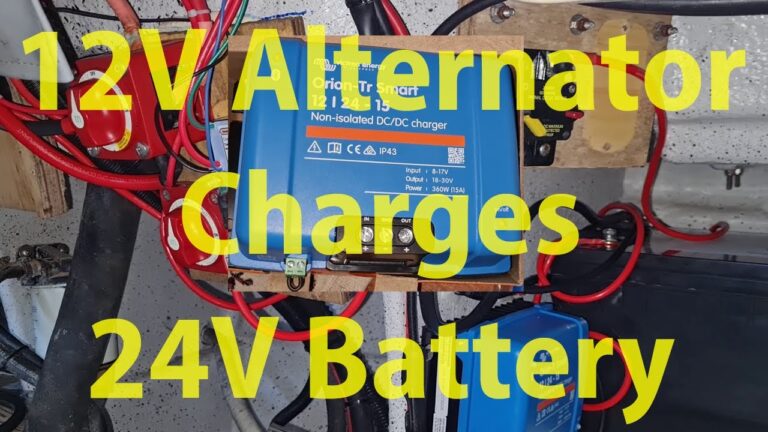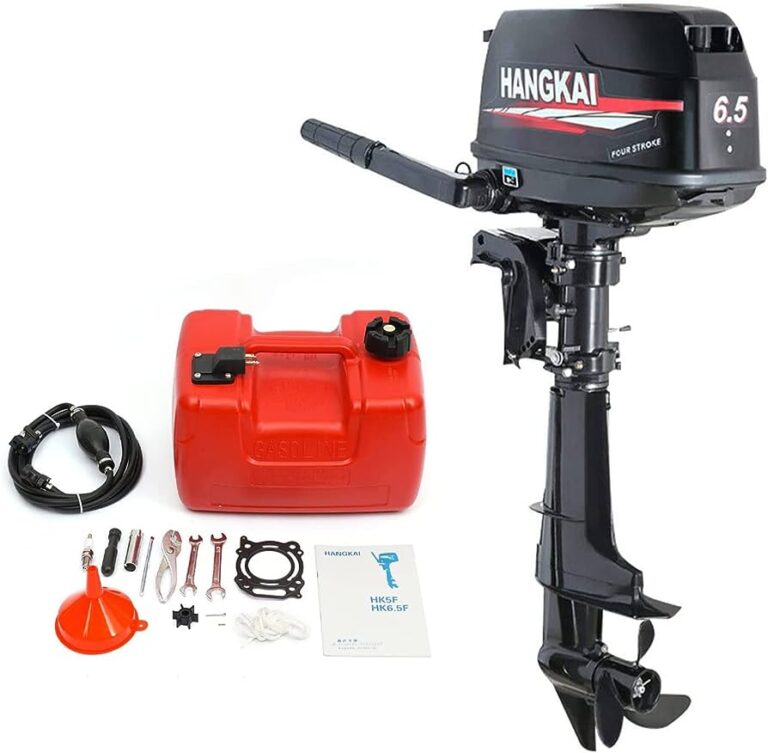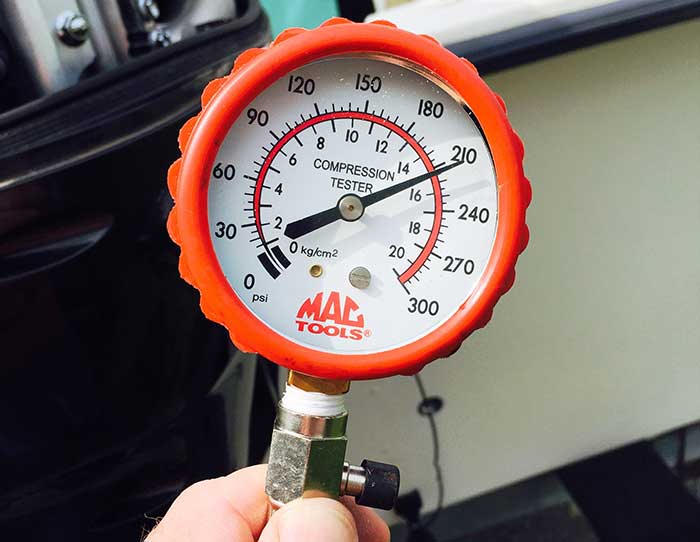Long Shaft Or Short Shaft Outboard
Choosing between a long shaft or short shaft outboard motor depends on the size of your boat and the conditions in which you will be operating. A long shaft outboard motor is ideal for sailboats with high transoms and rough open water where swamping is a possibility.
On the other hand, a short shaft outboard motor is suitable for smaller boats and shallow waters. While using a long shaft motor on a short shaft boat is possible, it may decrease top speed and limit operations in shallow areas.
It is important to select the appropriate shaft length based on your specific boating needs.
Understanding The Importance Of Shaft Length
The importance of shaft length in outboard motors cannot be understated. The role that shaft length plays in the performance of these motors is significant. Using an incorrect shaft length can have a negative impact on the overall performance of your outboard motor.
When the shaft length is too long or too short, it can affect the boat’s handling and maneuverability. Additionally, it can cause drag in the water, leading to a decrease in speed and efficiency. Operating a long shaft outboard motor on a short shaft boat can result in reduced top-end speed and limited ability to navigate in shallow waters.
Conversely, a short shaft outboard motor on a long shaft transom may compromise safety and efficiency. Therefore, it is essential to determine the appropriate shaft length for your specific boat and operating conditions.
Long Shaft Vs Short Shaft: Pros And Cons
Long shaft outboard motors offer several advantages. They are perfect for sailboats with high transoms and provide safety and efficiency in rough waters. With a long shaft, you can navigate with ease and minimize the risk of swamping. On the other hand, short shaft outboard motors have their benefits.
They are ideal for shallow waters and provide better maneuverability in narrow spaces. Additionally, short shaft motors are lighter and more compact, making them easier to transport and store. So, the choice between long shaft and short shaft depends on your specific needs and the type of water you navigate.
Whether you prioritize stability and safety or flexibility and ease of transportation, make an informed decision based on your requirements.
Factors To Consider When Selecting Shaft Length
When selecting the shaft length for your outboard motor, there are several factors to consider. First, take into account your boat type and design. Different boats require different shaft lengths for optimal performance. Second, consider the water conditions and how you plan to use your boat.
If you’ll be operating in rough or choppy waters, a longer shaft may provide better stability. Third, evaluate the transom height and compatibility. The shaft length should be appropriate for the height of your boat’s transom to ensure a proper fit.
These factors will help you determine whether a long or short shaft outboard is right for your needs.
Measuring Shaft Length
When it comes to choosing between a long shaft or short shaft outboard motor, measuring the shaft length is crucial. Start by measuring the distance from the transom to the keel of your boat, ensuring accurate placement. Next, check the cavitation plate to ensure the correct measurements.
This step-by-step guide provides all the necessary information to measure the shaft length accurately. Avoid mis-matching your boat and motor setup by following these guidelines. By measuring the transom correctly, you can determine if a short or long shaft outboard motor is needed.
Long shaft outboards are ideal for sailboats with high transoms, providing safety and efficiency in rough waters. So, make sure to measure carefully to ensure the optimal performance of your outboard motor.
Matching Boat And Motor Setup
Ensuring compatibility between a boat and outboard motor is crucial to avoid risks associated with a mis-matched setup. Putting a long shaft outboard on a short shaft boat may work, but it can result in a loss of top-end speed due to increased drag in the water.
Additionally, operating in shallow water becomes more difficult. On the other hand, a long shaft outboard motor is advantageous for sailboats with high transoms and rough open waters. They provide a higher level of safety and efficiency. To determine whether a long or short shaft is needed, consider the boat’s transom height and the water conditions it will be used in.
Properly matching the boat and outboard motor setup ensures optimal performance and minimizes potential issues.
Compatibility And Interchangeability
A short shaft motor can work on a long shaft transom, but there may be consequences. When using a long shaft motor on a short shaft boat, you may experience a slight decrease in top end speed due to increased drag in the water.
Additionally, you will not be able to operate in shallow water as effectively. However, these are the main downsides you may encounter. On the other hand, a long shaft motor is beneficial for sailboats with high transoms and for navigating rough open waters where safety and efficiency are essential.
When deciding between a long shaft or short shaft motor, consider the specific needs and requirements of your boat to ensure compatibility and optimal performance.
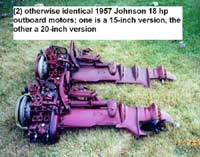
Credit: www.duckworksmagazine.com
Frequently Asked Questions On Long Shaft Or Short Shaft Outboard
What Happens If You Put A Long Shaft Outboard On A Short Shaft Boat?
If you put a long shaft outboard on a short shaft boat, it will still work but you may lose some top speed and won’t be able to operate in shallow water.
How Do I Know If I Need A Long Or Short Shaft Outboard?
To determine if you need a long or short shaft outboard, measure the distance from the transom to the keel of your boat and check the cavitation plate. Long shafts are ideal for high transoms and rough open water, while short shafts are suitable for shallower waters.
What Is The Advantage Of A Long Shaft Outboard Motor?
The advantage of a long shaft outboard motor is that it is ideal for sailboats with high transoms. It provides a higher level of safety and efficiency in rough open water.
How Do I Know If I Need A Long Shaft Or Short Shaft?
To determine if you need a long shaft or short shaft, consider the height of your transom and the type of boat you have. Long shafts are suitable for boats with high transoms and rough water conditions, providing safety and efficiency.
Short shafts are adequate for boats with lower transoms. Make sure to measure the distance from the transom to the keel of your boat to determine the appropriate shaft length.
Conclusion
When choosing between a long shaft or short shaft outboard motor, it’s important to consider the specific needs of your boat. A long shaft outboard motor is ideal for sailboats with high transoms or for venturing into rough open waters where safety and efficiency are paramount.
On the other hand, a short shaft motor may be suitable for boats that operate in shallow waters or require maneuverability in tight spaces. While using a long shaft motor on a short shaft transom can work, it may result in a slight loss of top-end speed and limitations in operating in shallower water.
Ultimately, the decision should be based on the unique requirements of your boat and the conditions in which you will be operating. By understanding the advantages and disadvantages of both options, you can make an informed choice that ensures optimal performance on the water.

